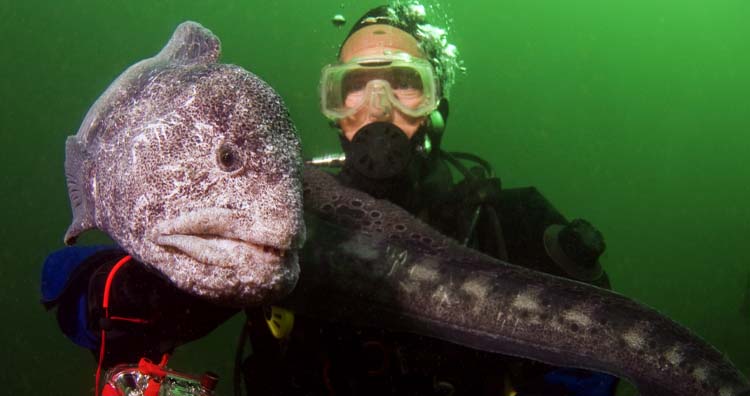
Predators of eelsĮuropean eels face many threats during their migration, including hydropower turbines, irrigation dams, fishing, and predation. If the store doesn’t let you see it, you can bet that it’s a poor choice for your pet. If you’ve bought it from a pet shop, you can ask the owner to show you how they feed their eels. Make sure to keep the food fresh, as most eels won’t eat it if it’s gone off in a week. For younger eels, try a meaty source of protein such as beef hearts. You can also provide chopped clam or tubifex worms. In general, it is best to feed eels high-protein pellets or pastes. American eels can eat fish hearts, insects, and even fish. If you plan to keep eels as pets, it is best to avoid giving them terrestrial proteins. It is therefore important to keep an eye on their diet and the amount of food they are getting. While eels may not eat other eels, they may consume the hearts of other fish. Lionfish and lobsters are among their favorite prey, but eels also scavenge other marine life, such as invertebrates. The diets of some eels are primarily based on fish, but some species are predatory. Other types of food for eels include a variety of fish, including shrimp and crabs, as well as small fish. As for other eels, a few species will eat ducklings, but most eels prefer live ones. Young eels can hunt crayfish, while older eels may feed only on dead carp.

The diet of American Eels varies widely, depending on their stage of development.

While eels may seem a little odd to many people, they are actually quite healthy and nutritious, which means you can safely introduce them to your aquarium. These eels may also prey on amphibians and other invertebrates. Their diets may include crabs, sea urchins, and even mosquito larvae. In fact, the larvae of eels are more likely to feed on small fish than larger species. Electric eels are carnivores and are often mistaken for a type of fish.


 0 kommentar(er)
0 kommentar(er)
